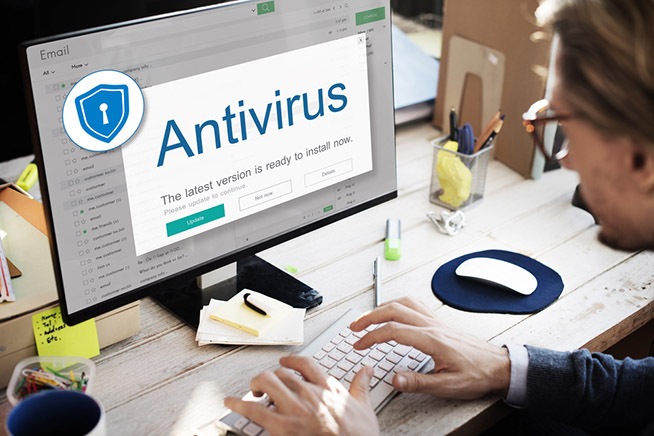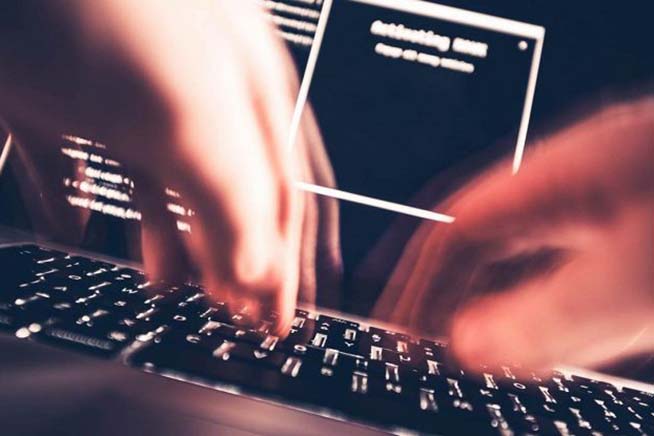Government agencies, hackers and jealous partners can spy on us right from the camera. Here’s how to protect our privacy from prying eyes
Hackers, cyber criminals and, as recent events show, even government agencies. Our privacy is constantly being put at risk. How can we do then to save our information from prying eyes? Let’s see how to protect our smartphone camera.
The smartphone camera is one of the easiest accessories of our devices to hack. The CIA, any government agency, a cyber criminal or simply a jealous partner can constantly take pictures and record videos of us. Of course, all without our will or awareness. How is it possible to take over the camera of another person’s smartphone? Iniziamo a dire che ci sono due modi per farlo. Uno in maniera fisica, ovvero bisogna avere accesso al dispositivo. E l’altra con un malware da remoto, sfruttando le vulnerabilità del dispositivo.
Come proteggere il dispositivo
 Fonte foto: Shutterstock
Fonte foto: Shutterstock
Se si vuole scoprire come mettere al sicuro il proprio smartphone Android da malware e hacker, cliccate sull’immagine
Nel caso di un attacco “fisico” il malintenzionato deve conoscere la nostra password o il codice di sblocco, e in caso di smartphone Apple spesso anche l’ID del nostro account. Una volta a conoscenza di questi dati il gioco è fatto. Sì perché come abbiamo visto in Rete si trovano in vendita diversi spyware che permettono, una volta installati, di monitorare qualsiasi azione da remoto. Dalle chiamate, ai messaggi, alla posizione, alle app di messagistica sino, appunto, alla fotocamera. Installing them is very easy because in most cases no special knowledge is required. And the costs of this spyware are also quite affordable. How can we defend ourselves? Simple, first of all we never leave our phone unattended, especially in public spaces like clubs, restaurants or libraries. Then we constantly update passwords or unlocking pins and create ones that are difficult to crack. The last piece of advice is to never give our password to anyone. Generally, these types of attacks are used by jealous partners, suspicious parents and executives, to control their employees. Needless to say, this is a totally illegal action.
Remote attacks
It is not always so easy to defend our camera, however. Often the attacks are not made under our noses but miles and miles away. Experienced hackers, especially those from government agencies, can take possession of our every piece of information, and even exploit the front-facing camera as a camera that captures our every move. Malware exploits vulnerabilities in our operating systems. Very often they are also expensive attacks, especially in the case of Apple smartphones: discovering software vulnerabilities and taking possession of the device can cost up to a million dollars. And often more. Extremely easier to do it with Android devices, where the total cost is close to 200 euros. But for a government agency, money may be the least of the problems. Here again are some tips to defend yourself. Always remember to update your applications to the latest version available. Se notiamo qualcosa di sospetto o abbiamo la paura di essere spiati possiamo eseguire un backup dei file più importanti e poi resettare il dispositivo alle impostazioni di fabbrica.
Come difendersi dagli attacchi hacker
 Fonte foto: Shutterstock
Fonte foto: Shutterstock
Clicca sull’immagine per accedere alla gallery con 5 consigli su come difendersi dagli hacker
Cliccando sui link che seguono, invece, potrete scoprire suggerimenti, alcuni più tecnici altri più alla portata di tutti, riguardanti la sicurezza informatica e scoprire le tipologie di attacchi più comuni: dagli attacchi DDoS al phishing, passando per le botnet.
- Dai cyber terroristi ai White hat hacker, ecco chi sono e cosa fanno
- Proteggere la privacy e dati personali, i consigli dell’esperto
- Sei consigli per mettere al sicuro la vostra piccola o media impresa
- Dieci consigli per non cadere nella trappola di una e-mail phishing
- Come proteggere la tua mail con Password Sicura: cos’è e come funziona
- Salvarsi dagli hacker: 5 errori da non commettere
- Allarme virus, trojan e ransomware, la guida per difendersi
- Cosa sono i ransomware e come si diffonde il contagio
- Pericolo ransomware: come difendersi con buone pratiche e antivirus
- Dilemma ransomware: è possibile fermare il “virus del riscatto”?
- Attacco ransomware: piccole e medie imprese in pericolo
- Cosa sono gli attacchi DDoS, come nascono e come difendersi
- Cos’è il phishing? Una pericolosa truffa: ecco come non abboccare
- Privacy online: ecco come salvaguardare i nostri dati personali
- Come creare una password forte per proteggere l’identità online
- Addio ai furti di password, ecco la verifica in due passaggi
- I migliori password manager per mettere al sicuro i propri dati